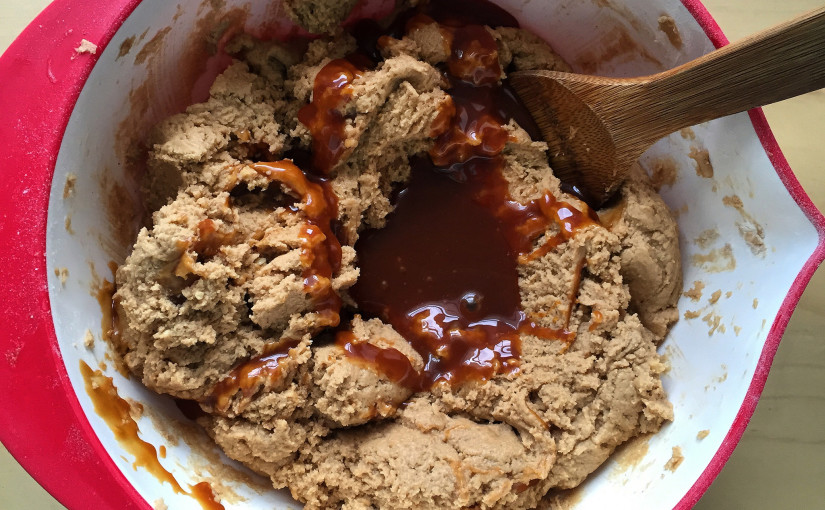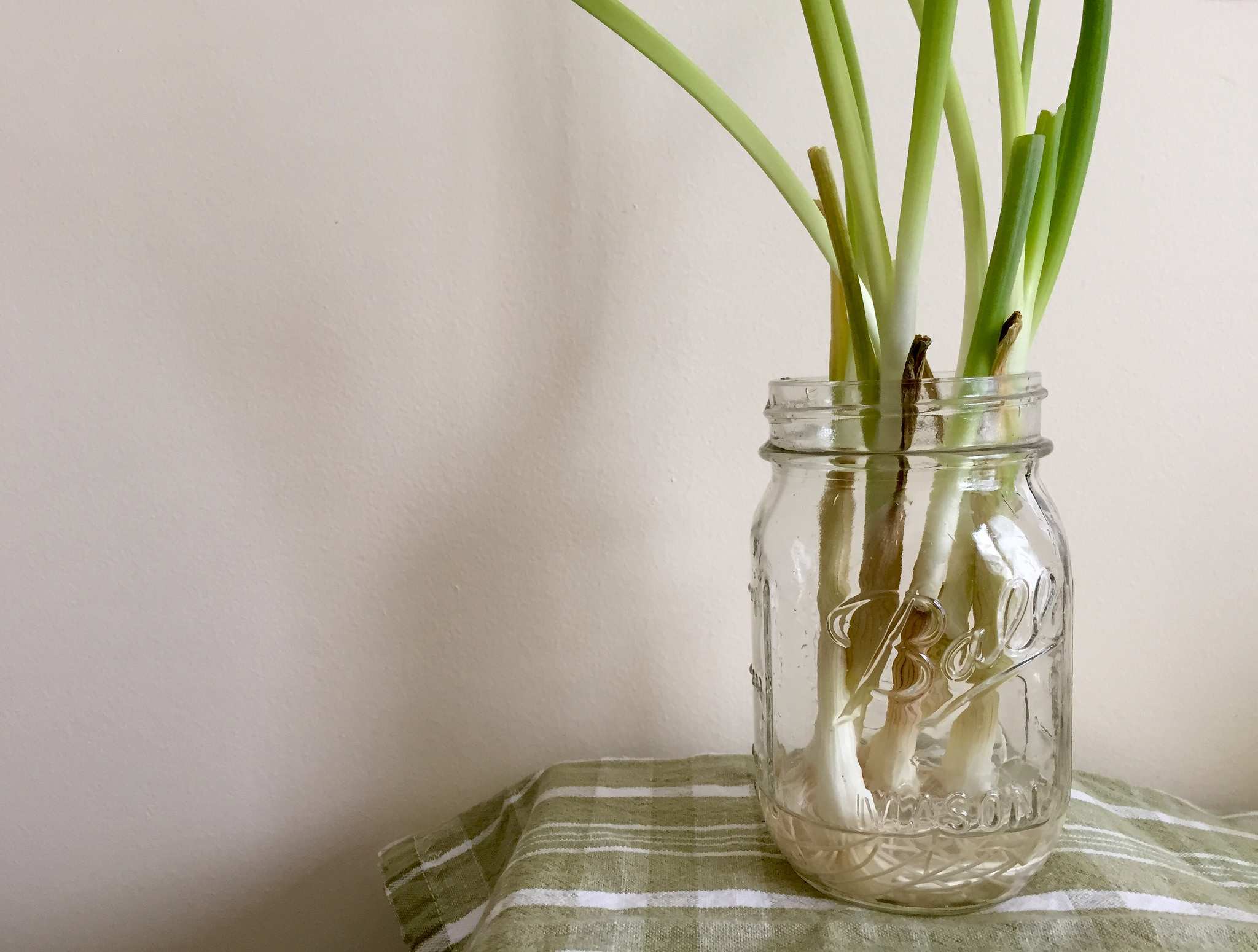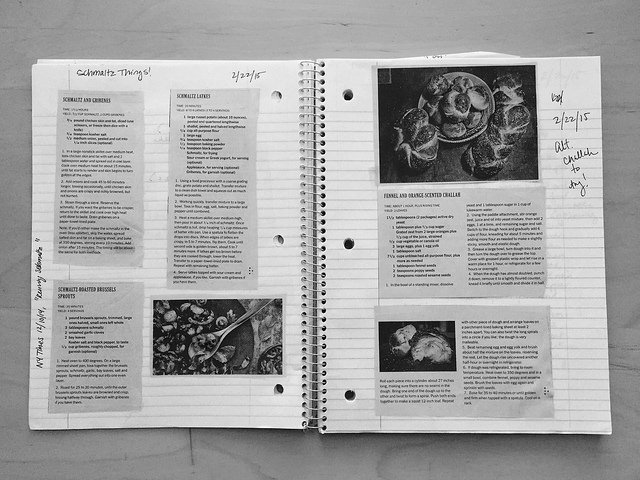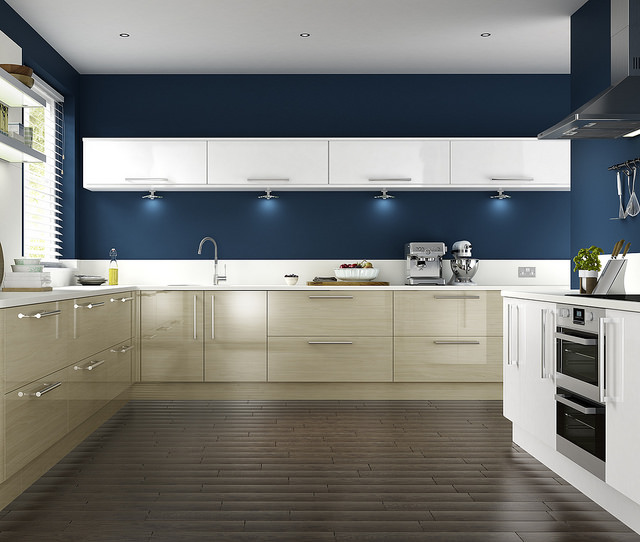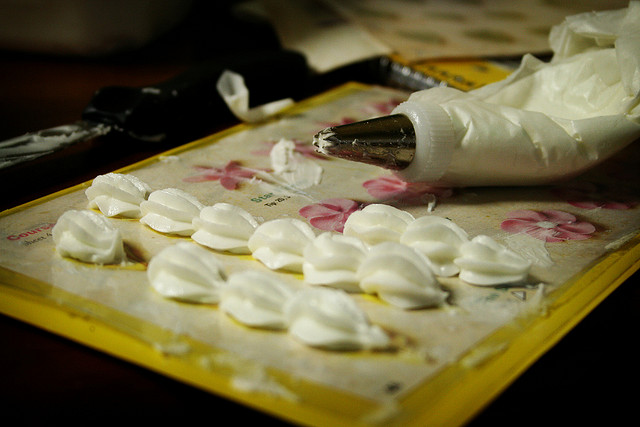Here’s a piece of advice that holds true across many fields: if you want to test your knowledge of a subject or concept, try explaining it to someone else. Even if you’re not a pro chef, you can learn a lot about cooking from teaching other people how to cook. Before you start inviting friends over to show off your cooking chops, make sure you go in with a game plan. Here are a couple tips on getting the most out of your cooking lesson to help set you and your kitchen padawan on the road to cooking Jedi masters.
1. Include Shopping in Your Lesson
When Bon Appétit Magazine hosted the fantastic Ina Garten on their podcast, they asked her about developing recipes for inexperienced chefs. Ina mentioned that she likes to give new recipes to a friend, and then observes them as they prepare the dish. This includes watching them hunt down ingredients in a grocery store to see where they might stumble — do they pick up dried basil instead of fresh, or struggle to choose between garlic powder and garlic salt? From there, Ina edits her recipes to make them as clear and easy to follow as possible, even for inexperienced chefs.
Shopping can be either one of the most fun or the most frustrating part about learning to cook. Getting home with a bagful of groceries just to realize that you bought the wrong ingredient can be disheartening. Shopping with your cooking buddy is a great test of how well you really know your ingredients. Taking a trip to the store before you cook with someone else can force you to think about questions like “Can you substitute anchovies for sardines?” and “How do you know if this avocado is ripe?” Shopping together also helps to ensure that your student will be able to replicate the dish on their own.
2. Allow Extra Prep Time for New Techniques
Not everyone cooks at the same pace. Someone who doesn’t cook frequently is likely to move a little slower with a chef’s knife than someone who chops vegetables on a daily basis. Dishes that require ingredients to be added in a certain order or at a certain time can easily fall off track if your assistant is only halfway through dicing their first carrot when the pan is hot and ready. Make sure that you give yourself and your student a little extra time for learning the nuts and bolts of the cooking process.
Prep time is also great moment to practice (and teach) the concept of mise en place — preparing and setting out all of your ingredients before you helps prevent those “wait, wait, I’m not ready!” moments when the pan’s over the flame and the onions are starting to burn.
3. Assign Specific Tasks
It’s easy to end up doing everything yourself if you’re used to cooking alone. By giving your cooking partner specific tasks to execute, you can make sure you don’t end up doing all the work yourself. Keep in mind that you want those tasks to help them learn how to make the dish, so try not to relegate them to dish washing duty if they’ve never chopped an onion or cleaned a chicken before.
Explain how to perform the best techniques and processes as you go, especially if your cooking buddy is an inexperienced cook. You’ll both get much more out of the lesson if you’re practicing good habits as you go, instead of trying to correct them later.
4. Simplify and Clarify Instructions
It’s a quirk of practically every hobby and industry — insiders develop a language specific to their niche. When that happens, it can be easy to forget how to speak in more generalized terms about that subject. If your student is unfamiliar with the language of cooking, even relatively simple terms like mincing and dicing might be confusing. Don’t avoid using cooking jargon, but make sure that you’re being clear about what the terms you’re using actually mean. Encourage your student to ask questions and speak up if they get confused.
Another important factor in making cooking clearer is explaining why you do what you do. If you’re cutting all the ingredients of a stir fry into small cubes so they’ll cook more evenly, that’s a valuable piece of information to give your student. Understanding not just how to do something but why to do it is incredibly empowering in the kitchen.
5. Identify Your Own Knowledge Gaps
As you cook, you’ll inevitably be asked questions. You’ll be able to answer some of these questions easily. Some might leave you reaching for your phone for a quick Google search (or reaching for your favorite cookbook). These are great moments to assess what you still need to learn yourself. Make sure that after you’re finished with your lesson, you circle back on your own and figure out ways to improve your own skills and knowledge base.
Most importantly, remember to have fun! Teaching someone to cook is as much about introducing them to how much fun it can be to cook as it is about teaching them how to make food. Once you’re finished cooking, be sure to open a bottle of wine, sit down, and enjoy the fruits (and vegetables) of your labor together– before you start washing all those dishes.

